9 Good Sources of Disease-Fighter Vitamin D
Intro
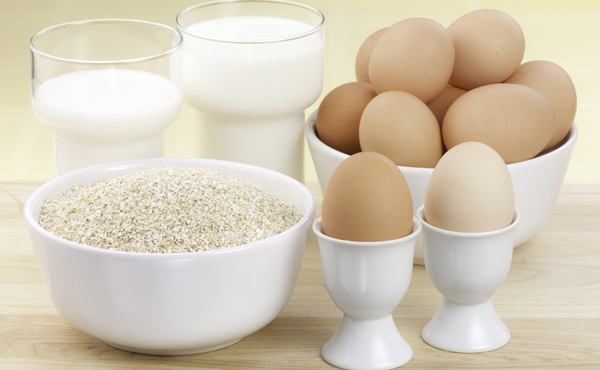
The disease-fighting properties of vitamin D are becoming increasingly clear, but it's not easy to get enough of this crucial nutrient. In an effort to prevent skin cancer, many forego the vitamin D-producing benefits of natural sunlight. And diets high in processed foods don't offer much D power, either.
These factors seem to be contributing to Americans' vitamin D deficiency. About 40 percent of men, 50 percent of women and 70 percent of children have low levels , according to data collected in the National Health and Nutrition Examination Survey conducted by the Centers for Disease Control and Prevention.
U.S. Food and Drug Administration guidelines recommend that adults consume 400 IUs of vitamin D daily and children under 18 consume 200 IUs.
Much is at stake. While it's long been known that vitamin D encourages healthy bone growth by increasing calcium absorption, a spate of recent research indicates that it can accomplish far more.
Insufficient vitamin D, in fact, is associated with a higher incidence of chronic and life-threatening conditions such as various cancers, heart disease, diabetes, multiple sclerosis and cognitive decline. Healthy amounts can impede inflammation, a component of many illnesses, according to the National Institutes of Health (NIH).
Here are nine good sources of vitamin D.
Sunlight

: A whopping 80 percent or more of the vitamin D we need could come from the sun if we let it. Sunscreen blocks about 97 percent of our body's vitamin D production, according to Dr. Mark Hyman, founder and medical director of the UltraWellness Center in Lenox, Mass. But we needn't endanger ourselves to take advantage of the sun's benefits: Fair-skinned people need less than 30 minutes of casual exposure on bright days to meet their daily requirement, while darker-skinned individuals need about two hours, Hyman said.
Cod liver oil
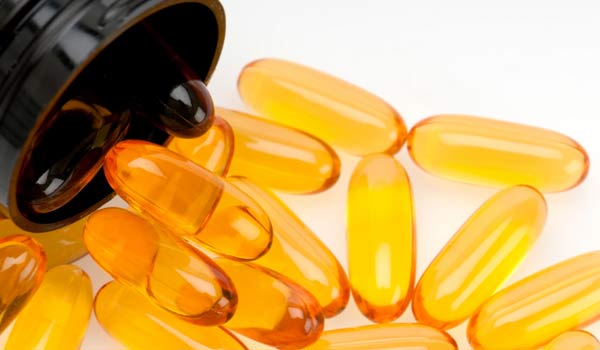
: This fish oil has a reputation for bad taste, but flavored varieties available today may make it more palatable. According to the Linus Pauling Institute at Oregon State University, which conducts nutrition research, a tablespoon has 340 percent of the daily value of Vitamin D and is also rich in omega-3 fatty acids, a fat essential to good health. Other types of fish oil are also high in omega-3s, but only cod liver oil contains vitamin D.
Salmon
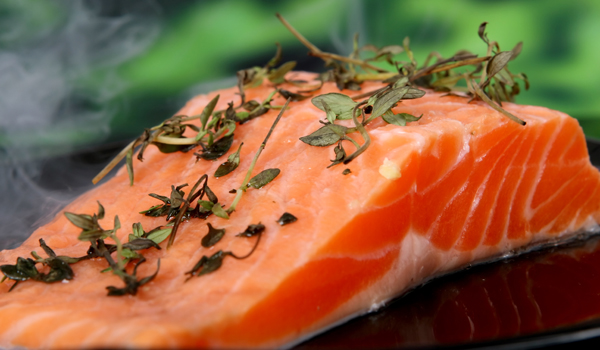
: A popular, sometimes pricey seafood, salmon is also high in omega-3s and is available frozen, fresh or canned. Wild salmon, however, contains the highest level of vitamin D found in any food naturally four times the amount present in farmed varieties, according to the Alliance for Natural Health USA, an education and advocacy group.
Tuna
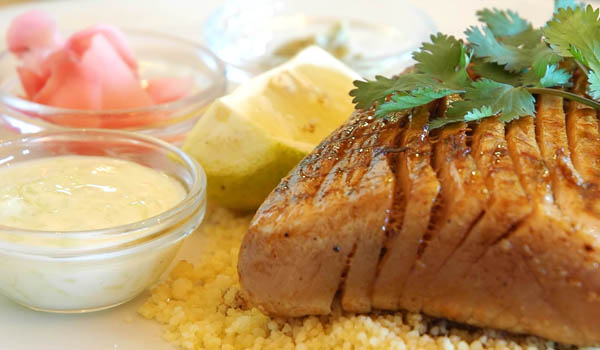
: Another oily fish, tuna is a popular lunch ingredient as well as a solid source of Vitamin D, according to the U.S. Department of Agriculture's National Nutrient Database. High in protein and omega-3s, a 3-ounce (85-gram) serving of tuna contains about 200 IUs of vitamin D.
Milk
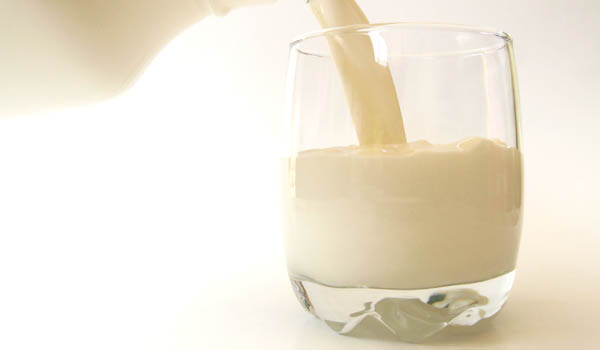
: Cow's milk , whether skim or whole, naturally contains vitamin D, and it's also often fortified with the nutrient, according to the Linus Pauling Institute. One cup contains about 100 IUs.
Fortified cereals
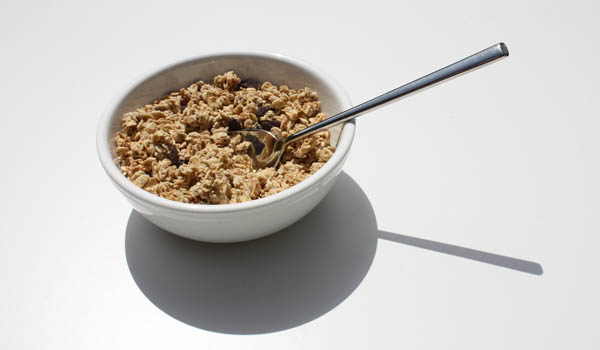
: Combined with vitamin D-rich milk, fortified cereals are "the predominant vehicle for vitamin D in the United States," according to a 2004 study in the American Journal of Clinical Nutrition. Most ready-to-eat cereals in the U.S. are fortified, according to the study, typically containing 40 IUs to 140 IUs per serving. For example, Kix brand cereal contains 32 IUs per serving; Raisin Bran, 168 IUs, and Quaker Instant Oatmeal for Women, 154 IUs, according to the Center for Young Women's Health at Children's Hospital in Boston.
Eggs
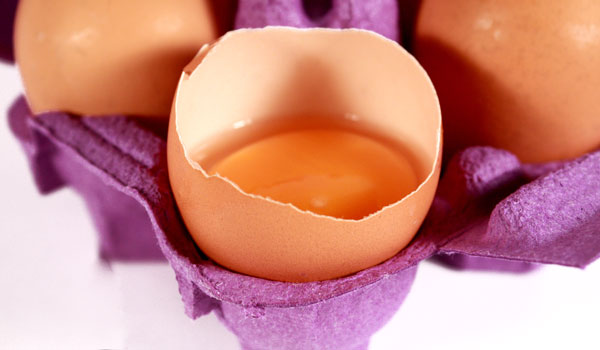
: With about 21 IUs of vitamin D in each yolk and pure protein in the whites, eggs are a formidable nutrition source, according to the Linus Pauling Institute.
Mushrooms
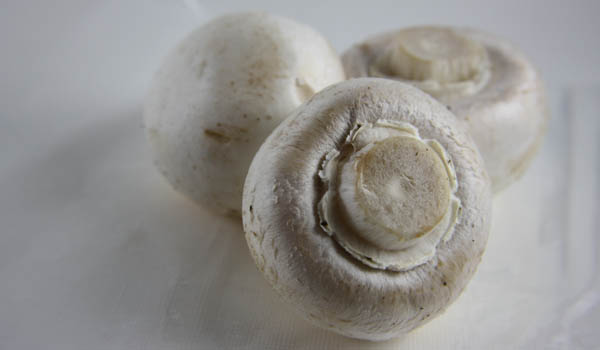
: According to research published in April in the Journal of the Federation of American Societies for Experimental Biology, white button mushrooms exposed to ultraviolet B light for a few hours increase their vitamin D content by 400 percent. Combined with being low in fat and calories, this makes mushrooms hard to beat as a healthy food when eaten alone, on pizza and burgers, or in salads and omelettes. Leaving store-bought mushrooms in the sun will increase their D content (with more generated the longer they soak it in), but it will also cause the mushrooms to dry out and turn brown after about a day.
Shrimp
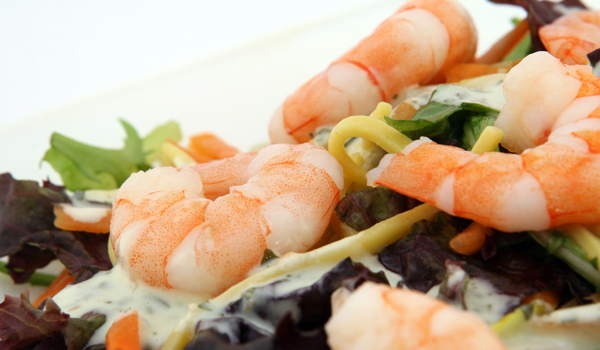
: Another good source of omega-3s, shrimp are high in protein and low in fat and calories, balancing their slightly elevated cholesterol content. A 3-ounce (85-gram) serving of shrimp contains about 129 IUs of vitamin D, according to the U.S. Department of Agriculture's National Nutrient Database.
Sign up for the Live Science daily newsletter now
Get the world’s most fascinating discoveries delivered straight to your inbox.
Flu: Facts about seasonal influenza and bird flu
What is hantavirus? The rare but deadly respiratory illness spread by rodents










